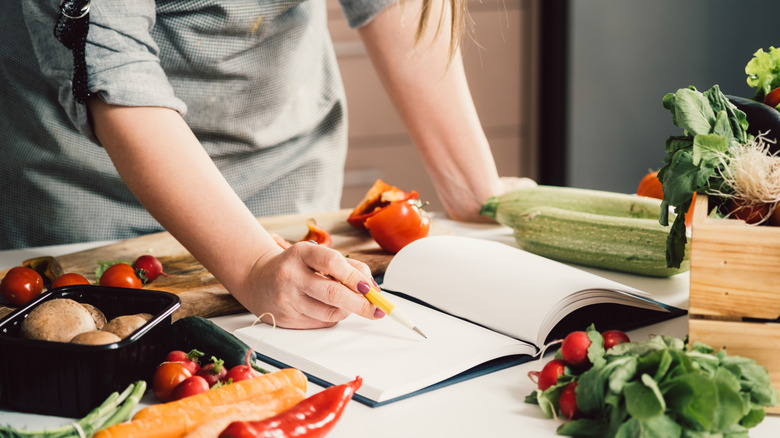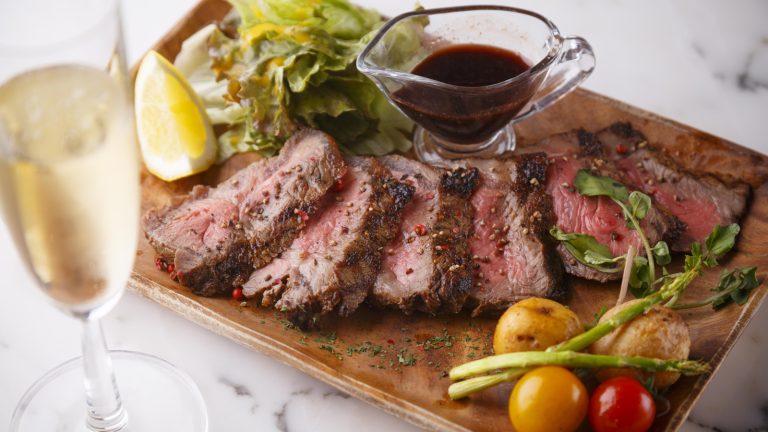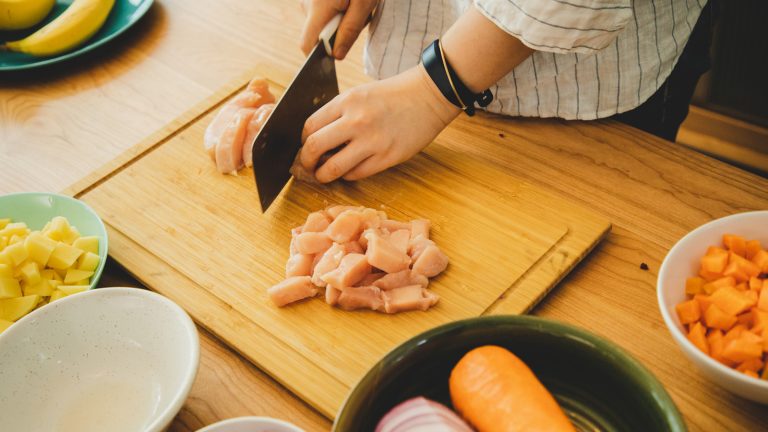Few things can spark excitement in the kitchen as brightly as the promise of a new recipe. The uncharted territory might just turn out to be one of your new signature dishes — a personal best that you use to wow guests and bring to holiday gatherings forevermore. Or it might tumble into chaos and send you grasping for delivery apps, should your cooking hubris keep you from one tiny but mighty task before you even turn on the oven: reading the whole darn recipe.
Do not just skim it. Do not simply scan for ingredients, cooking temperature, and timing. Read the recipe to completion just like you used to do in your childhood standardized testing days. This literally old school approach is just as effective when you’re trying to recreate Julia Child’s coq au vin as it is when you’re trying to color bubbles with No. 2 pencils. Just like those ancient reading comprehension tests, really studying a recipe to the end will help you better understand its content and more effectively solve for its answer, which is, in this case, a delicious dish. In something like Child’s preferred bird recipe, for example, fully understanding the recipe can help you determine whether its okay to use chicken when coq actually means rooster (yes), whether red or white wine is required (either is fine), and if you actually have to light the pan on fire at some point (not really) before you’re up to your elbows in cognac.
Pencils up for more recipe reading comprehension techniques
Once you’ve read that recipe and checked it twice, mise en place is like extra credit. The actual work of assembling your ingredients and tools before you really begin will help you mentally organize the recipe’s steps, and the improved result of having everything in its right place just when you need it is like adding a plus to an easy A.
You should also make notes as copious as you’d like, whether you’re scribbling them into your classic retro cookbooks, or tapping them into your phone. Jot down your questions, and answers, as you go, and you’ll better commit them to memory. This is particularly beneficial for determining things like ingredient swaps so you can make those calculations in advance, rather than à la minute. You’ll want to apply these same principles whether you’re approaching an ambitious preparation like Julia Child’s coq au vin, or something relatively simpler like beer steamed mussels, which still require a little bit of advance liquid consideration. And if you do miss a little step, you’ll still get points for effort. It isn’t like any of this is going on your permanent record anyway.






